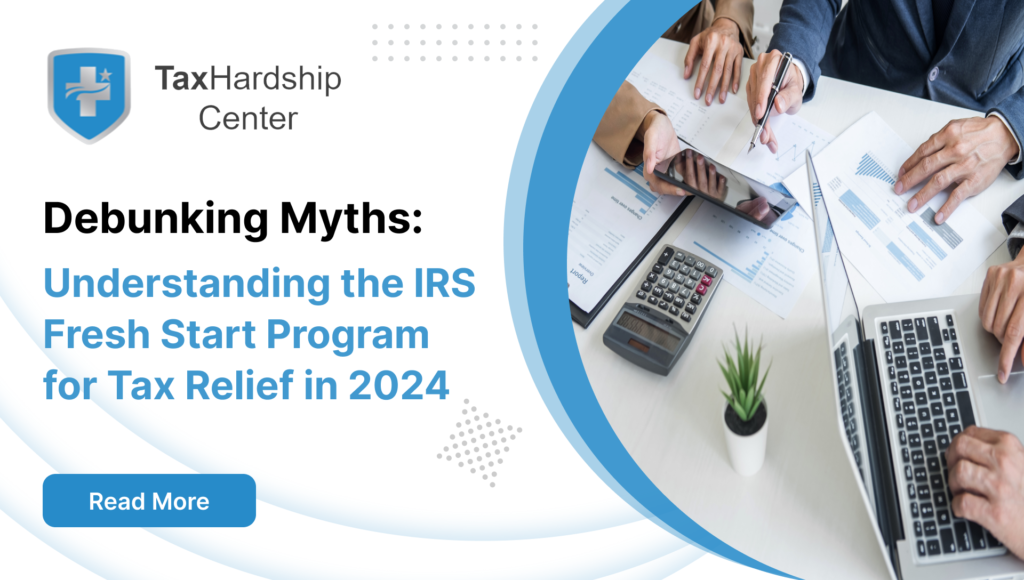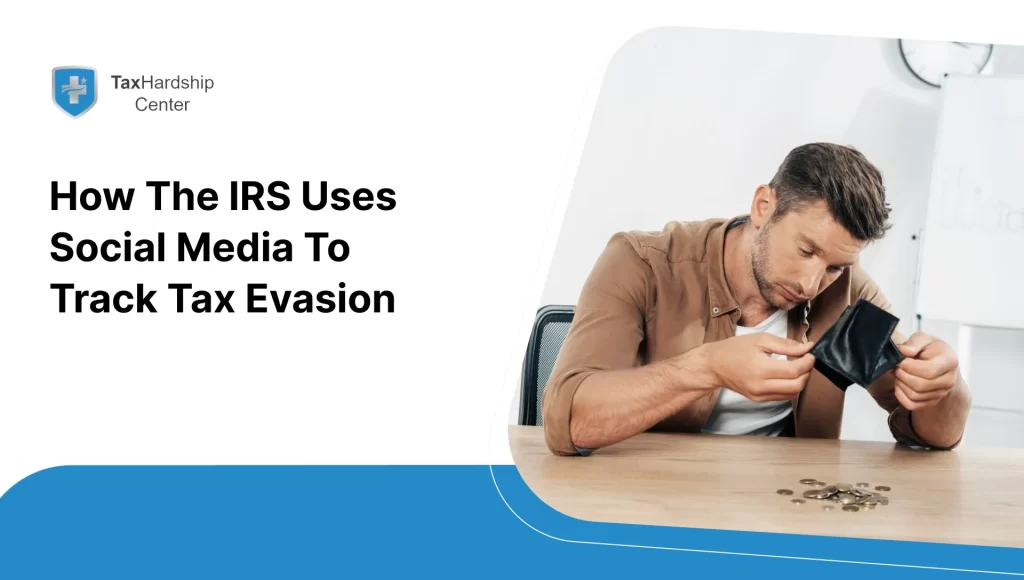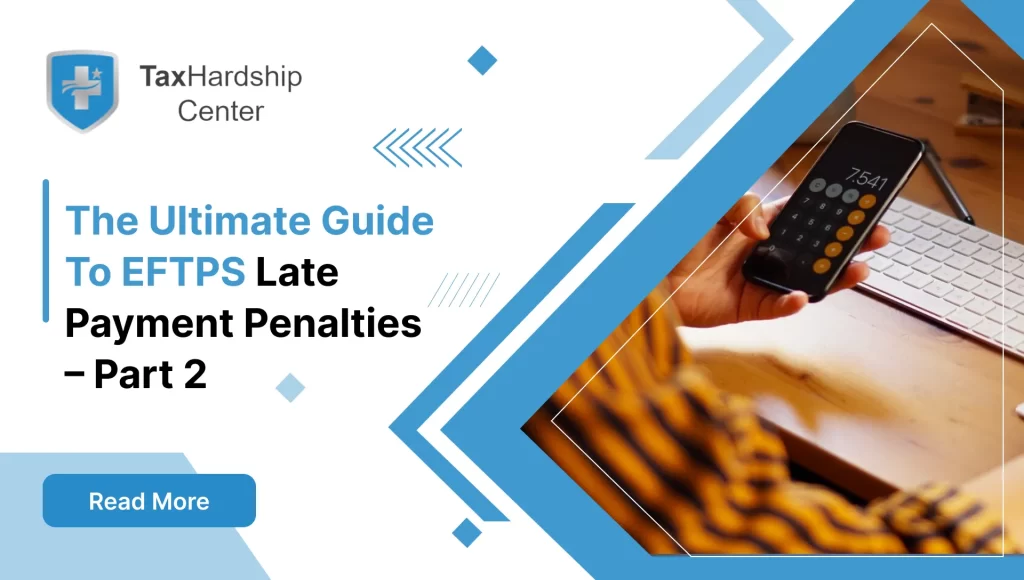Navigating tax debt can be daunting, but the IRS Fresh Start Program offers a vital lifeline to individuals and small business owners grappling with financial challenges. Launched in 2011, this government initiative provides flexible installment agreements, reduced tax liens thresholds, and offers compromise opportunities to help manage and settle tax debts more efficiently.
We will dive deep into how the program works, who qualifies—typically those owing $50,000 or less in tax debt—and the various payment plan options available, including short-term and long-term installment agreements. We’ll also discuss what to do if you can’t afford a payment plan, such as applying for an Offer in Compromise or Currently Not Collectible status, and address the potential penalties and interest that may accrue during the program. Whether you’re struggling with tax payments, facing levies or liens, or seeking a structured way to clear outstanding taxes without significantly impacting your financial stability, this guide will provide valuable insights and steps to successfully navigate the IRS Fresh Start Program.
Understanding the IRS Fresh Start Program
The IRS Fresh Start Program is a government initiative aimed at helping individuals and small business owners facing financial hardships manage their tax debts more efficiently. Launched in 2011, the program eases the burden on taxpayers through various relief options, including tax liens threshold changes, more flexible terms for Installment Agreements, and Offers Compromise (OIC) opportunities for a fresh start with their tax obligations.
How Tax Hardship Center Helps With Fresh Start Program Tax Relief
Discover how the Tax Hardship Center can support you with Fresh Start Program tax relief concerns. Our dedicated team offers tailored solutions, evaluating each situation to create personalized strategies. From negotiating payment schedules to minimizing tax obligations, we guide you through the process. With our knowledge of tax regulations, we strive to alleviate financial pressures and pave the way to stability. Schedule a free consultation now.
How Does the Fresh Start Initiative Work?
The Fresh Start Initiative, introduced by the Internal Revenue Service (IRS), is a lifeline for taxpayers grappling with outstanding tax debts. This program is designed to make the process of settling tax debts more lenient and accessible, offering several avenues for relief:
- Installment Agreements: One of the critical features of the Fresh Start Initiative is the provision for Installment Agreements. These agreements allow taxpayers to break down their large tax debts into smaller, more manageable monthly payments. This approach helps alleviate the financial burden and will enable individuals to repay their debts over time. Importantly, these agreements are structured to avoid severe penalties or aggressive enforcement actions such as levies or wage garnishments. This means taxpayers can repay their debts without fearing drastic measures being taken against them.
- Offer in Compromise (OIC): The Fresh Start Initiative also includes an Offer in Compromise (OIC). This particular provision allows taxpayers to settle their tax debt for less than the total amount owed. To qualify for an OIC, taxpayers must demonstrate that paying the total debt would cause significant financial hardship. This could be due to unemployment, medical expenses, or other financial obligations. The OIC is a powerful tool for those facing severe financial distress, providing a path to resolve tax debts and move toward economic stability.
- Tax Lien Relief: The Fresh Start Program has also changed the IRS’s tax lien policy. Previously, the IRS could file a Notice of Federal Tax Lien for any unpaid balance over $5,000. However, this threshold has been increased to $10,000 under the Fresh Start Program. This means fewer taxpayers will face the damaging effects of a tax lien on their credit report. It’s important to note that the IRS retains the discretion to file liens on lower amounts if it deems necessary.
The IRS Fresh Start Program offers a range of options to help taxpayers navigate their tax debts. Whether through Installment Agreements, Offers in Compromise, or Tax Lien Relief, the program provides avenues for individuals to resolve their tax issues and move toward financial freedom. As always, taxpayers considering these options should consult a tax professional to understand the best course of action for their circumstances.
IRS Fresh Start Program for Tax Relief in 2024: Eligibility Criteria
The Fresh Start Program is a boon for taxpayers struggling with tax debts. However, only some are eligible for this program. The IRS has set specific criteria that taxpayers must meet to qualify for the Fresh Start Program in 2024:
- Tax Debt Limit: The Fresh Start Program is primarily designed for taxpayers who owe $50,000 or less in tax debt. This limit ensures that the program is accessible to those who need relief most. Furthermore, taxpayers must be able to pay off this debt within six years through an Installment Agreement. This time frame gives taxpayers a realistic and manageable period to clear their debts without causing significant financial strain.
- Compliance with Tax Filings and Payments: To qualify for the Fresh Start Program, taxpayers must comply with all required tax filings and payments. This means they must have filed all necessary tax returns and made any required tax payments. This requirement ensures that only those genuinely willing to meet their tax obligations can benefit from the program.
- Financial Hardship: The Fresh Start Program is also designed to assist taxpayers experiencing financial hardship that makes it impossible to pay the debt in full. Financial hardship can be due to various factors such as job loss, medical expenses, or other unforeseen financial emergencies. The IRS assesses each case individually to determine if the taxpayer’s financial situation qualifies as a hardship.
It’s important to note that individual circumstances for qualifying can vary greatly. The IRS assesses each case based on the taxpayer’s unique situation. Therefore, even if taxpayers meet the general criteria, they may not necessarily qualify for the program. It’s always recommended that taxpayers consult with a tax professional to understand their eligibility and the best course of action for their circumstances.
The IRS Fresh Start Program offers a lifeline to taxpayers struggling with tax debts. By meeting the specific criteria set by the IRS, eligible taxpayers can take advantage of this program to resolve their tax issues and move toward financial stability.
Managing Tax Debts: Exploring Payment Plan Solutions
The IRS Fresh Start Program in 2024 offers a variety of payment plan options to provide taxpayers with flexibility and convenience. These plans are designed to accommodate different financial situations, ensuring that everyone has a chance to settle their tax debts.
- Short-Term Payment Plan: This plan is an excellent option for taxpayers who can pay off their debt quickly. Specifically, if you can clear your debt in 120 days or less, this plan is for you. It’s a quick and efficient way to settle your tax obligations without incurring additional payment plan setup fees.
- Long-Term Installment Agreement: Recognizing that some taxpayers may need more time to pay off their debts, the IRS offers the Long-Term Installment Agreement. This plan allows taxpayers to make smaller, more manageable monthly payments over extended periods. It’s designed to ease the financial burden and provide a feasible path toward debt clearance for those who cannot pay their debt in full quickly.
- Guaranteed Installment Agreements: This agreement is a special provision for individuals with a tax debt of less than $10,000 (excluding penalties and interest). This plan guarantees an installment agreement to eligible taxpayers, providing them a reliable and structured way to pay off their tax debt over time.
Each of these payment plans under the Fresh Start Program is designed with the taxpayer’s convenience in mind, offering a structured and manageable way to fulfill tax obligations. Understanding each plan’s specifics is essential, as is choosing the one that best fits your financial situation. Remember, the goal is not just to pay off your tax debt but to do so in a way that doesn’t put unnecessary strain on your finances.
Who qualifies for a payment plan?
Taxpayers who have filed all their tax returns.
- Individuals who owe $50,000 or less in combined tax, penalties, and interest.
- Businesses owe $25,000 or less in payroll taxes.
What if I can’t afford a payment plan?
If taxpayers can’t afford a payment plan, they may apply for an Offer in Compromise (OIC) or Currently Not Collectible (CNC) status. An OIC allows settling tax debt for less than the total amount owed, while CNC status temporarily halts collection actions.
Will There Be a Penalty for Using the Fresh Start Program?
Yes, penalties and interest will continue to accrue on unpaid tax balances throughout any payment plan. However, the Fresh Start Program aims to minimize the impact of these penalties, offering reduced failure-to-pay penalties for taxpayers under an Installment Agreement.
How Difficult is it to Get My Case Accepted?
Gaining acceptance into the Fresh Start Program is not guaranteed. The IRS evaluates applications on a case-by-case basis. The key is to provide accurate, thorough documentation demonstrating financial hardship and compliance with tax laws.
When to Consider the Fresh Start Program
Consider the Fresh Start Program if you cannot pay your tax debt in full, are facing the threat of levies or liens, or are searching for a manageable way to clear outstanding taxes without significantly impacting your financial stability.
How to Apply for the IRS Fresh Start Program?
The IRS Fresh Start Program application process is a systematic procedure that requires careful attention to detail. Here are the steps involved:
Filing All Tax Returns: The first step in the application process is to file all your tax returns, including any returns from previous years that may have been overlooked or delayed. The IRS requires a comprehensive record of your tax history for the Fresh Start Program.
Gathering Financial Documentation: The next step involves gathering all relevant financial documentation. This includes income statements, expense reports, asset details, and any other financial information that can provide a clear picture of your financial situation. This information is crucial for the IRS to assess your ability to pay your tax debts.
Submitting the Appropriate Forms: Depending on your specific circumstances, you must submit either Form 9465 for Installment Agreements or Form 656 for Offer in Compromise. Form 9465 requests a monthly installment plan if you cannot pay the total amount you owe. On the other hand, Form 656 is an application for an Offer in Compromise, a program where the IRS agrees to accept less than the amount owed.
Communicating with the IRS: Maintaining open and consistent communication with the IRS is essential throughout the application process. This can involve responding to IRS inquiries, providing additional information as requested, and staying informed about the status of your application.
Professional tax advisors or IRS-certified volunteers can assist with the application process.
Is the Fresh Start Program a Good Fit for You?
The Fresh Start Program could be a good fit if you meet the eligibility criteria and seek a structured method to address your tax debt. Consider the potential long-term benefits and tradeoffs, such as the accumulation of penalties and interest, and evaluate whether the program aligns with your financial capabilities and goals.
Conclusion:
The IRS Fresh Start Program is a crucial lifeline for individuals and small business owners burdened by tax debt. Since its inception in 2011, this government initiative has offered various relief options, including flexible installment agreements, reduced tax lien thresholds, and compromise opportunities to help taxpayers manage and settle their tax debts more efficiently. Whether you owe $50,000 or less in tax debt, are experiencing financial hardship, or cannot afford a payment plan, the Fresh Start Program provides tailored solutions to help you regain economic stability. By understanding the eligibility criteria, payment plan options, and application process, you can make informed decisions and take the necessary steps to navigate the program successfully. Consulting with tax professionals can further assist in ensuring that you meet the program’s requirements and benefit from the relief it offers.
Why Tax Hardship Center?
1. Hassle-Free Assistance:
Say goodbye to sleepless nights and endless tax-related stress. At the Tax Hardship Center, we believe in simplifying the complex. Our team of experts is dedicated to guiding you through every step of the process, ensuring that your tax concerns are met with precision and care.
2. 14-Day Money Back Guarantee:
We’re so confident in our ability to ease your tax worries that we offer a 14-day money-back guarantee. If, for any reason, you’re not satisfied with our service, we’ll gladly refund your investment. Your peace of mind is our top priority!
3. Free Consultation:
Are you curious about how we can transform your tax experience? Book a free consultation now! Our team will assess your situation, answer your questions, and provide free insights tailored to your needs.
4. Nationwide Coverage:
No matter which corner of the United States you call home, the Tax Hardship Center covers you. We proudly serve all 50 states, bringing our expertise to your doorstep. Wherever you are, our commitment to excellence follows.
FAQs:
1. What is the IRS Fresh Start Program?
The IRS Fresh Start Program assists individuals and small business owners with tax debts through relief options like installment agreements and offers compromise opportunities.
2. Who qualifies for the IRS Fresh Start Program?
A: Generally, taxpayers owing $50,000 or less in tax debt may qualify. However, specific eligibility criteria regarding tax compliance and financial hardship apply.
3. What relief options are available?
Relief options include installment agreements, offers in compromise, and changes to tax lien thresholds, providing manageable ways to settle tax debts.
4. Can I apply if I can’t afford a payment plan?
Yes, alternative options, such as an offer in compromise or currently not collectible status, may be available for those who cannot afford a payment plan.
5. Will there be penalties for using the program?
Penalties and interest may accrue on unpaid tax balances, but the program aims to minimize these, offering reduced penalties for taxpayers under installment agreements.
6. How difficult is it to get accepted?
Acceptance is case-by-case, but accurate documentation showing financial hardship and tax compliance can improve chances.
7. When should I consider applying?
Apply if you can’t pay the tax debt in full, face levies or liens, or seek a manageable way to clear taxes without impacting financial stability.








